Wondering what to do with the leftover pizza from last night’s party or the untouched veggies from your takeout order? You’re not alone. Reheating leftovers is a culinary challenge many of us face. But the real concern is whether reheating that takeaway is safe and how to do it while maintaining its taste and texture. Here we’ll reveal expert advice and essential guidelines to ensure your reheated cuisine is both delicious and safe to eat.
Health Concerns with Reheating in Plastic Containers
Studies have shown that heating food in certain plastic containers can lead to chemicals, such as BPA (Bisphenol A), leaching into your food, which may pose health risks.
“It’s advisable to transfer your food to glass or ceramic dishes before reheating, especially when using a microwave,” says Dr. Sarah Smith, a noted nutritionist.
Reheating Leftovers Safely
Conventional wisdom suggests that the best way to reheat food is by using the cooking method used to prepare it. Soups and stews come back to life gently simmered on the stove, while roast meats revive their succulence in the oven. Here are some expert-endorsed reheating techniques:
- Fried foods: They regain their crunch when warmed up in the oven or a toaster oven using dry heat.
- Seafood: Heat slowly and gently in a low-temperature oven, says Dr. Michael Johnson, a food safety specialist, to keep that delicate texture.
- Pizza: For that pizzeria-fresh crispiness, reheat directly on an oven rack or in a skillet.
- Grains: Microwaving rice and quinoa with a sprinkle of water helps them steam back to perfection.
- French Fries: A quick stint under the broiler can bring back the crunch—just keep a close eye on them.
- Mashed Potatoes and Sauces: Warm them gradually in a double boiler or a metal bowl over simmering water for even heating without scorching.
Maintaining Quality and Taste
“Food quality, be it flavor or texture, can significantly deteriorate if not reheated correctly,” shares Chef John Doe, a culinary instructor. Pizzas might get soggy, meats could dry out, and what was once a mouthwatering feast becomes, well, meh. Chef Doe recommends carefully selecting the reheating temperature to closely replicate the initial cooking process. For instance, roast meats need a warm oven to return to their juicy best without drying out.
Engage Your Audience
Are you a reheating maverick with a method for crispy-on-the-outside, juicy-on-the-inside fried chicken, days after it was cooked? Your fellow readers would love to hear about it! Drop your favorite reheating tricks in the comments section below or head over to our social media challenge where you can share your best leftover hacks and see others in action.
Safety Precautions
In addition to choosing the right equipment, safety is paramount.
- Always reheat to the recommended internal temperature to eliminate the risk of bacteria.
- Avoid overcrowding the microwave; this leads to uneven warming, creating hotspots where bacteria thrive. Stirring midway helps.
- Store leftovers correctly, and when in doubt, throw it out—food left out for more than two hours enters the danger zone.
Remember, the key to delightful reheated leftovers lies in marrying the correct reheating method with a keen eye for detail. Next time you look at that carton of cold chow mein, know that a delicious, safe encore meal is well within your reach. Bon appétit!
Have any leftover transformation stories or questions? Reach out to our foodie community or consult the detailed resources we’ve linked below. Your next leftover makeover awaits!
—
We’d love to hear from you–share your go-to methods for reheating tricky dishes and contribute to the leftover lore.

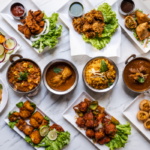
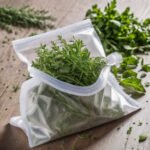


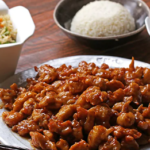
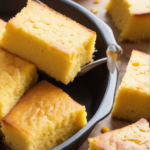
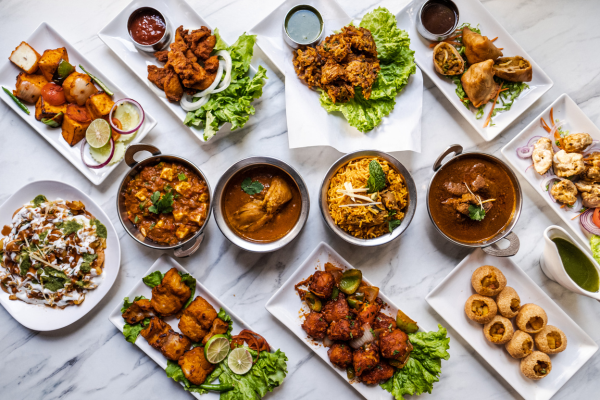
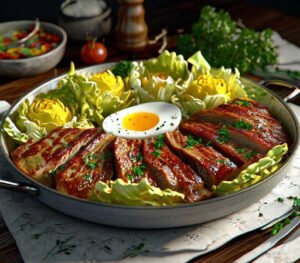
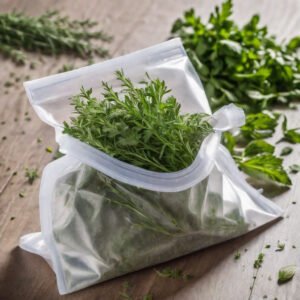


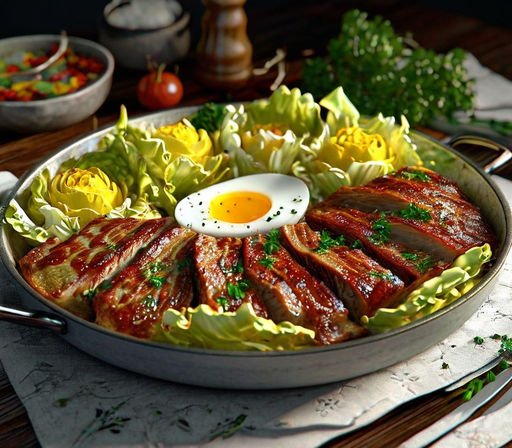



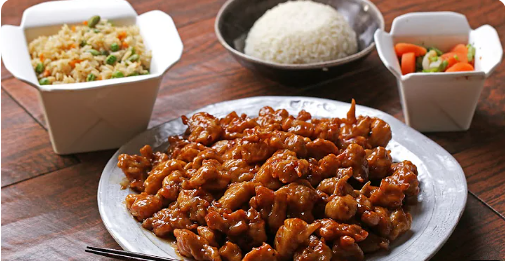
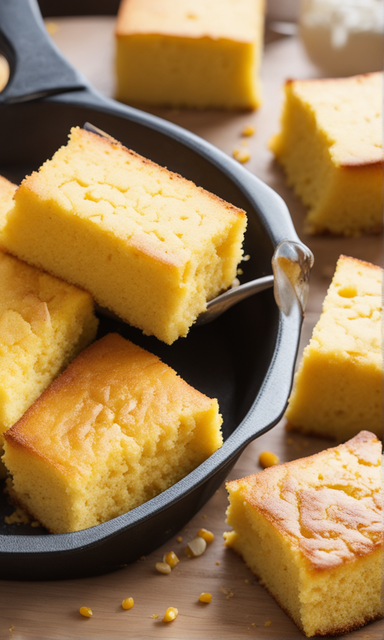
+ There are no comments
Add yours